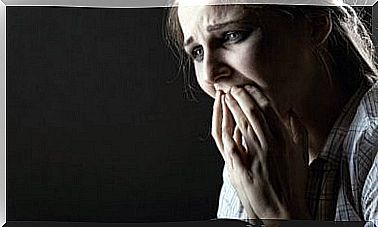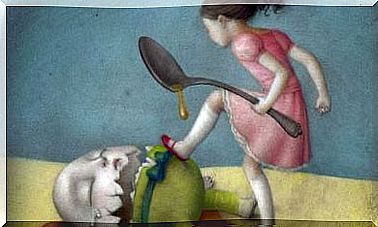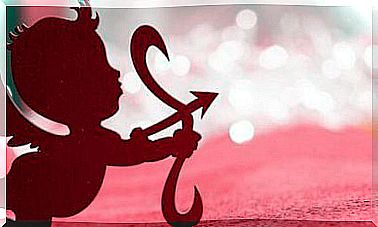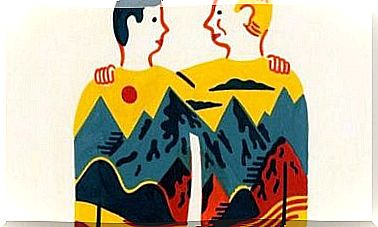José Saramago: Biography Of A Nobel Laureate
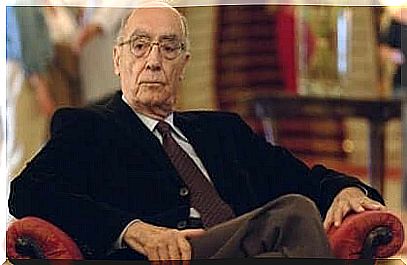
José Saramago was one of the most famous and best Portuguese writers. His amazing talent has even won him the Nobel Prize in Literature. Works like The City of the Blind , for example, are very purifying and make the reader think.
People often say that Saramago was a troublemaker. He continued to fight injustice and gave his opinion on every conflict of his time.
Saramago actually described himself as a passionate writer, someone who had to discover every little hidden detail, even if this put himself right up against the biggest monsters of the world.
His unique writing style was shaped by his pursuit of truth and his urge to make people think. He used parables full of imagination, irony and compassion to portray a reality that people could not ignore.
Even today, new generations continue to rediscover his voice and admire his bold personality. Together with writers such as Fernando Pessoa, he is one of the most prominent Portuguese writers. The magical and curious work of José Saramago encourages people to analyze current issues through his eyes.
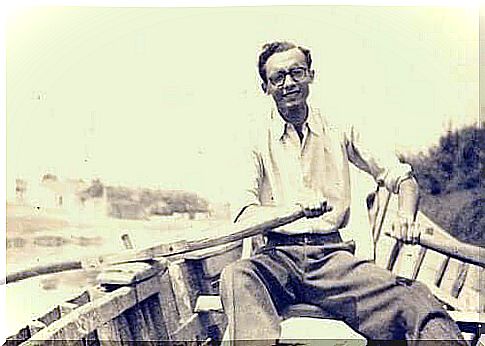
A wise man from a simple family
José de Sousa Saramago was born on November 16, 1922 in Golegã, Portugal. His parents, José de Sousa and Maria da Piedade, were two modest farmers. When Saramago was only two years old, his parents decided to move to Lisbon for financial reasons.
Once they settled there, his father went to work as a police officer. Saramago initially went to technical school. In the last few years, however, his parents could no longer afford his education.
Because of this, he had to go to work himself, and he found a job in a mechanical forge. However, he was not solely focused on this job. In his spare time he did his best to become a scholar under his own steam.
He started at a young age and has never stopped reading, learning and of course writing. In 1947, when he was only 25 years old, his first novel was published, Terra do Pecado, ‘ The Land of Sin’ (not translated into Dutch). That same year, his daughter Violante was also born.
A dedicated writer and journalist
In 1955, José Saramago began translating the work of Hegel and Tolstoy into Portuguese. At the same time , he also tried to give a slightly more mature tone to his own writing style, so that his works would become successful. Although he was really talented, no publisher dared to publish his works.
After Bovenlicht was rejected, Saramago took a few years to try again. In fact, it was only in 1966 that he made another attempt with Provavelmente Alegria, ‘Probably Joy ‘ and later with O Ano de 1993, ‘ The Year 1993′. Both works were recognized by publishers.
When he finally achieved the success he wanted, he started his career as a journalist. Saramago worked as an assistant editor of the newspaper Diário de Notícias and then of Diário de Lisboa , where he became an assistant manager and political commentator.
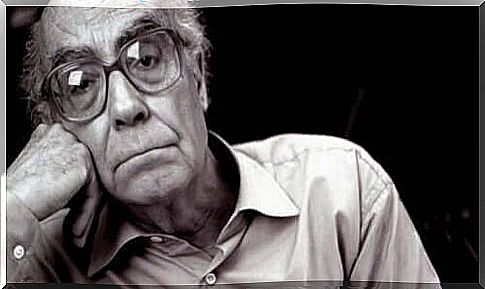
In the Carnation Revolution of April 25, 1974, Saramago decided to focus solely on his writing. In 1976 he published Os Apontamentos and Objecto quase .
Nobel Prize and Last Days
José Saramago was already an internationally renowned author in the 1980s. Saramago managed to refine his writing style even further, which meant that his books became even more daring. In 1998 he won the most prestigious prize: the Nobel Prize in Literature.
At the time, he was constantly traveling back and forth between Lisbon and Lanzarote in the Canary Islands, where his wife Maria del Pilar del Rio Sanchez, a Spanish translator and journalist, lived.
José Saramago died on June 18, 2010 at the age of 87 from leukemia. He had just started his new novel at the time, leaving the first 30 pages behind.
The City of the Blind by José Saramago
“I don’t think we’ve gone blind, I think we’re blind, blind but seeing, blind people who can see but not see.” With these words, José Saramago formed one of the most interesting argumentative metaphors of his work.
In The City of the Blind he talks about the inability of people to recognize each other as equals. He turns people into infamous creatures, creatures who need guidance to understand the world and survive.
This book is a profound reflection on the human soul. It is a dystopian novel and whoever reads it can no longer ignore the blindness of our society, a blindness that spreads like an infection throughout the book.
Only one of the main characters in the story is able to see: a woman who decides to stay with her husband despite being blind. She becomes the eyes that try to help the rest of the world.
However, her environment is very oppressive. Soldiers shoot anyone who comes near the sick. The world has been taken over by a dictatorship. Chaos prevails and hope is slowly fading.

The city of the blind shows that the human soul is unwilling to see. The inability to recognize each other as equals leads to selfishness, conflict and fear. The City of the Blind is an impressive book. It is one of the greatest works of literature and well worth a read.


